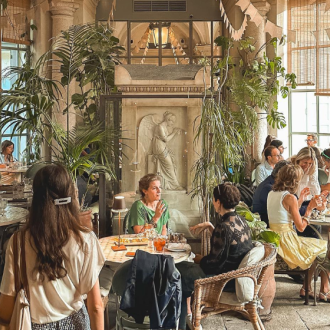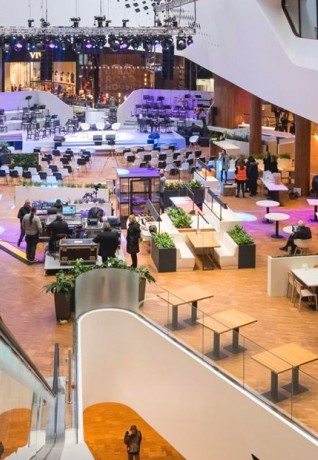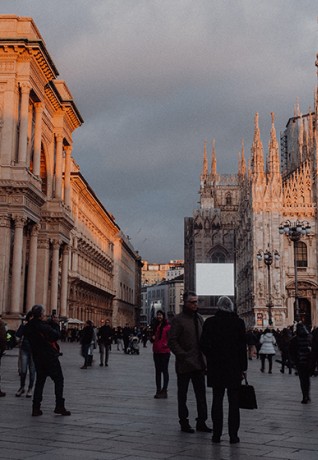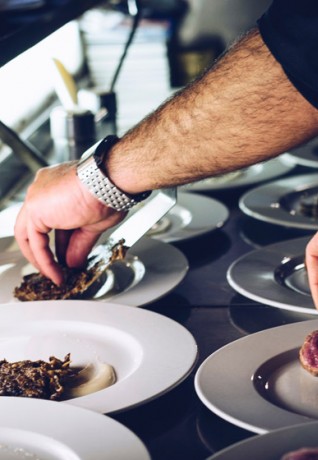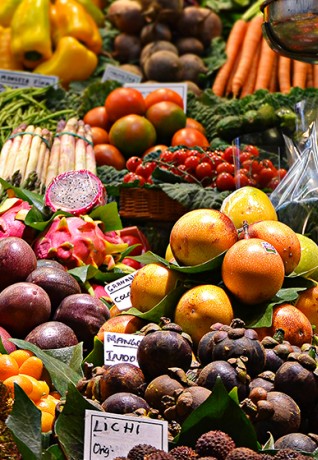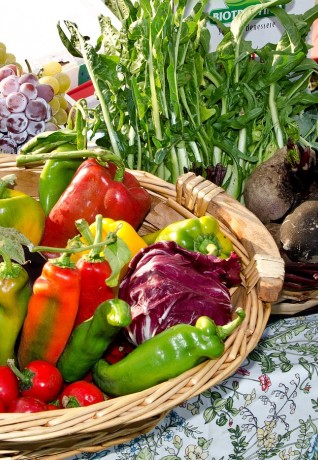Milano Slow Food Restaurants
Three excellent awarded restaurants
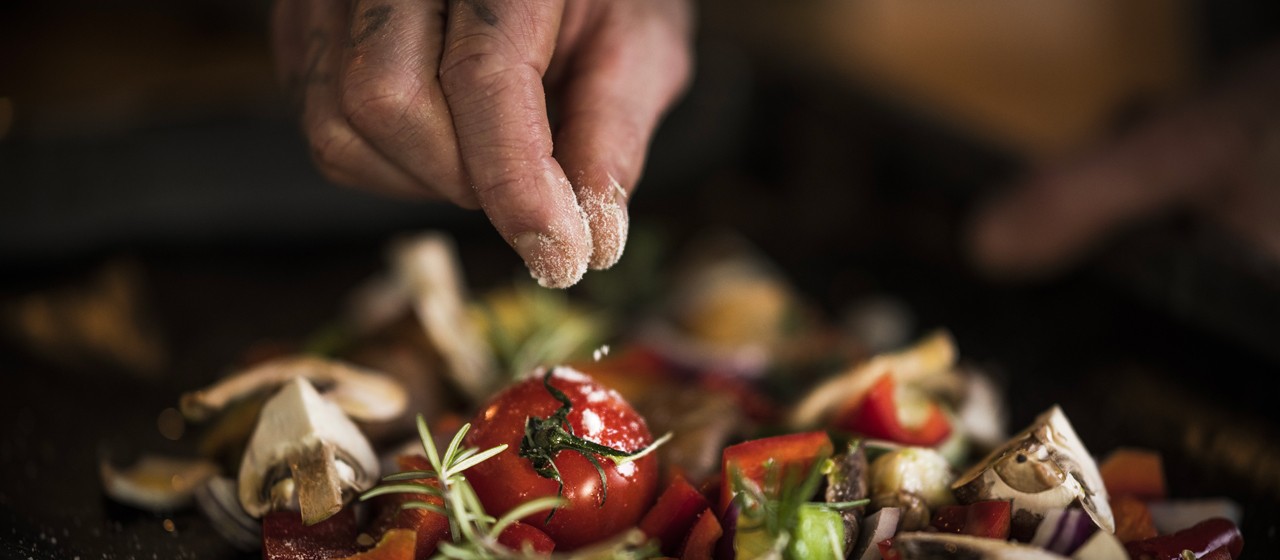
There are Slow Food restaurants practically everywhere. They have on the front door a snail that unites them all under the same principles, the basic ones of the great non-profit association. Slow Food is a movement that is committed to restoring the right food value, respecting all minimum levels of environment and ecosystems sustainability, thanks to the knowledge they hold in local territories and traditions. Every day, restaurants under the association's wing promote good, clean and fair food for everyone. In Italy there are 268 restaurants - you can consult them here, on the official Slow Food portal. In the list of affiliated restaurants there are also those belonging to hotels.
All restaurants satisfy all tastes and wallets: trattorias, taverns, pizzerias, restaurants qualified thanks to their well-known reputation in and out of the city. The goal remains the same: preserving the variety of dishes served, with respect for territory resources. As every year, among meat, fish, vegetarian and vegan restaurants, the non-profit association has rewarded and gathered in a guide the most deserving inns with the snail. Every year, among meat, fish, vegetarian and vegan restaurants, this non-profit association has rewarded and gathered the most deserving inns with the snail in a unique guide. In Milan, the awarded taverns are actually three: Trippa Milano, Trattoria Mirta and Ratanà.
No, it's not a legend. At Trippa you can really dine, just it is necessary to book in advance. It means that if you know that you will be free on an upcoming Friday or Saturday, you should send a message and reserve a table. Because Trippa is always full and you can hardly ever plan a last minute dinner. This is why it is one of the most coveted restaurants in Milano.The atmosphere is warm. At direners’ table, during dinner, can not miss the veal with tuna sauce and offals. Diego Rossi and Pietro Caroli strongly wanted Trippa to be that corner of Porta Romana where to find quality home cooking, an old-fashioned environment where you can relax on summer evenings and chat with friends in winter in the small living room in front of the chimney. The flavor ranges from Piedmont and Veneto tastes, with fassona tartare with Martini and hazelnuts and soups with herbs. At Trippa the gourmet cooking school winks at the old culinary tradition that can only be found in the best traditional Italian cuisines.
Trattoria Mirta is located at Casoretto district. The patron chef is Juan Lema, who launched the restaurant twelve years ago with his partner Cristina Borgherini. The kitchen is inspired by the Italian regional culinary tradition and it is accompanied by the well-stocked cellar of the restaurant. The most ordered dishes are eggplant parmigiana in a crust with tomato juice from Torre Guaceto, the capon stuffed with salami with chestnuts and mashed potatoes, the roast chicken, the cream of chestnuts and pumpkin (in winter). The atmosphere is homemade: wooden tables, straw-covered tavern chairs. Enjoy your meal!
Per anni, molti milanesi hanno sostenuto con decisione che il migliore ristorante della città fosse il Ratanà. In effetti è la cucina milanese più nota del quartiere Isola. I risotti sono spaziali cremosi, con riso carnaroli direttamente proveniente dalla Riserva San Massimo. Quello “alla milanese” viene mantecato con il burro di malga e formaggio lodigiano. La cucina di tradizione in chiave moderna è pensata e decisa dallo chef Cesare Battisti e la sua brigata che rivisitano con creatività i piatti più gustosi e rappresentativi della gastronomia lombarda. Il locale è subito accogliente grazie alla sua struttura: un casolare d’epoca sorvegliato dai grattacieli di Piazza Gae Aulenti. La scelta dei vini è vastissima e diretta dalla sommelier Federica Fabi. Se andate, non dimenticate di assaggiare i dolci - hanno una filosofia unica, un’attenzione particolare pari a quella che si riserva alle principali portate.
For years, many Milano inhabitants have strongly supported the idea that Ratanà was the best restaurant in the city. In fact it is the most famous Milano restaurant around Isola district. Risottos are spatial creamy, with carnaroli rice coming directly from the San Massimo Reserve. The Milano one is creamed with malga butter and lodigiano cheese. Traditional cuisine in a modern key is designed and decided by the chef Cesare Battisti and his brigade who creatively revisit the tastiest and most representative dishes of Lombard cuisine. The restaurant is immediately welcoming thanks to its structure: an old farmhouse, guarded by Gae Aulenti Square skyscrapers. The wine selection is vast and directed by the sommelier Federica Fabi. If you go, don't forget to taste the desserts - they have a unique philosophy, a particular attention equal to the one that is reserved for main courses.

 Log in
Log in



